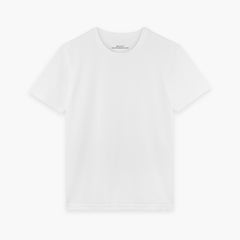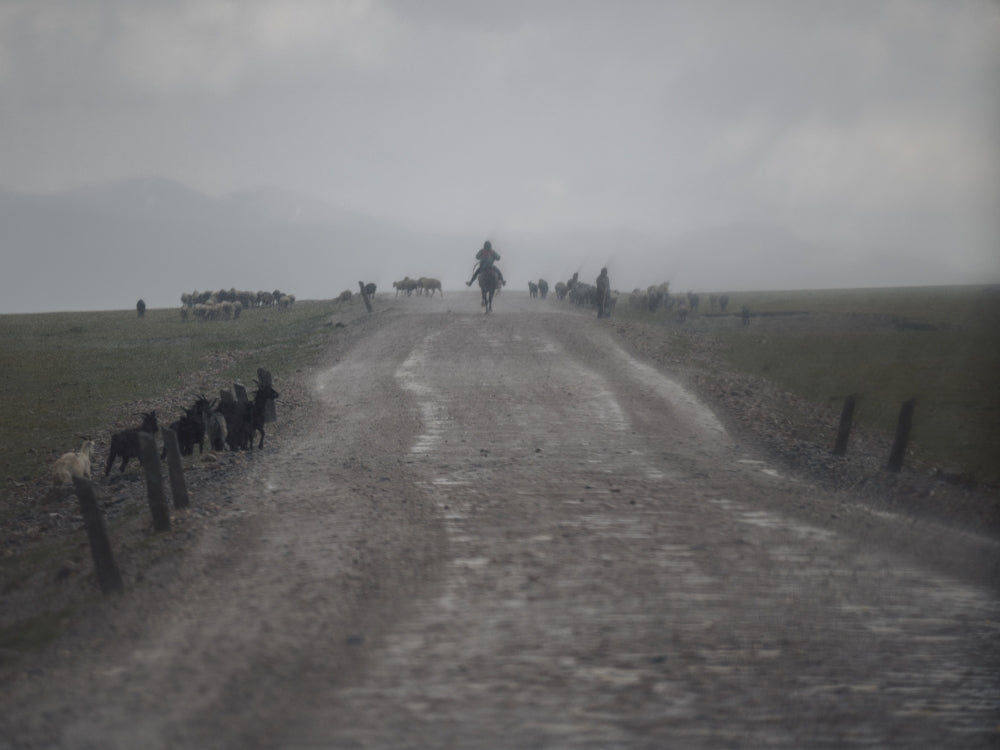There's a small town in Japan that has become synonymous with denim.
Kojima Street, located in the Okayama Prefecture, is home to some of the world's finest denim artisans. For the craftsmen who work there, denim isn't just a fabric, it's a way of life.
The history of Japanese denim goes back to the 1950s, when American soldiers stationed in Japan would trade their used Levi's jeans for Japanese souvenirs. The Japanese manufacturers took notice and started producing their own denim, but with a twist. They used old-fashioned shuttle looms, which produced a denser, sturdier fabric than modern high-speed looms. And instead of dyeing the fabric after it was woven, they dyed the yarn before weaving it, resulting in a unique selvage edge that is a hallmark of Japanese denim.

But the real game-changer was the way they approached dyeing the fabric. While the standard practice involved dyeing the fabric post-weaving, the Japanese artisans decided to color the yarns before weaving them. This process, known as 'ring dyeing,' gives the denim its characteristic fade over time. More importantly, it results in a unique feature that has now become a signature of Japanese denim – the selvage edge (somethimes called selvage id).
Selvage or denim is defined by its clean, self-finished edges which prevent fraying. The signature red line running along the edge of the fabric is a mark of this process. This craft-intensive method of creating denim is a testament to the Japanese commitment to quality and detail, and it is the very reason why Japanese selvage denim has acquired a legendary status among denim enthusiasts worldwide.

It is not just about preserving an age-old craft; it's about pushing against the currents of fast fashion, disposable trends, and the culture of relentless consumption. Japanese selvage denim stands out as a beacon of resistance against this tide, promoting a narrative of sustainability, durability, and a deep appreciation for the artisan's touch.

We live in a time where 'more' is often seen as 'better', but the small town in Okayama Prefecture tells a different tale. A tale that resonates with the unmistakable echoes of the loom and the hum of the artisans at work, a tale that speaks of an unwavering commitment to quality and authenticity.
For all these reasons and more, we can indeed feel grateful for Japanese selvage denim–a material that encompasses so much more than meets the eye.

We traveled to Kojima, eager to learn about the unique story of Japanese selvage denim. We knew this trip would inspire us, bringing us closer to our goal since starting this company: to manufacture our own Dry Selvage Denim Jeans.






